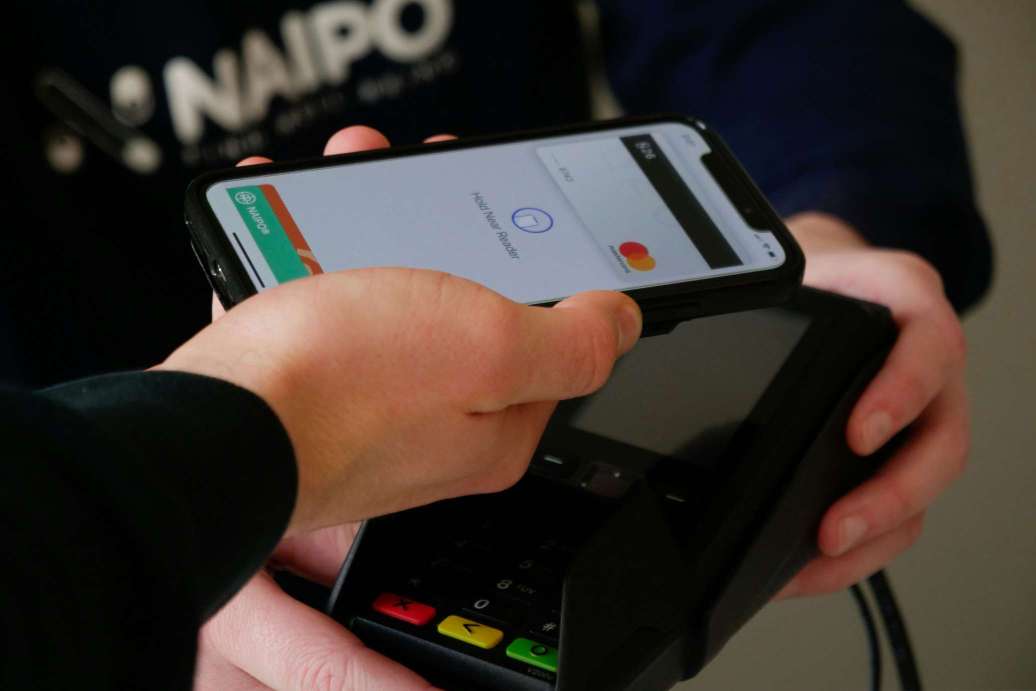Contactless Payments: The Safe, Fast, and Easy Way to Pay
7 min read
05 Aug 2024
Contactless payments have revolutionized transaction methods by offering a safer, faster, and more convenient way to pay. This article explores the evolution, benefits, challenges, and future trends of contactless payment technology.
Evolution of Contactless Payments
Introduction of NFC: The advent of Near Field Communication (NFC) technology enabled seamless payment transactions by tapping cards or devices at payment terminals.

Consumer Adoption: Rapid adoption driven by the need for speed, convenience, and enhanced security compared to traditional payment methods.
Expansion in Retail: Increasing acceptance at retail outlets, public transportation, and various service providers to accommodate growing consumer demand.
Benefits of Contactless Payments
Speed and Efficiency: Reducing transaction times significantly compared to cash or traditional card payments, leading to shorter queues and improved customer satisfaction.
Enhanced Security: Utilizing tokenization and encryption technologies to protect sensitive card information and reduce the risk of fraud and identity theft.
Convenience and Accessibility: Allowing users to make payments quickly and easily without the need to handle physical cash or enter PINs for smaller transactions.
Challenges in Contactless Payment Adoption
Infrastructure Readiness: Ensuring widespread availability of NFC-enabled terminals and devices to support seamless contactless transactions across various locations.
Consumer Trust and Education: Educating users about the security features, benefits, and proper usage of contactless payment technology to build trust and confidence.
Regulatory Compliance: Adhering to data protection regulations and standards to safeguard consumer information and ensure secure payment processing.
Future Trends in Contactless Payments
Mobile Wallet Integration: Increasing integration of contactless payment capabilities into mobile wallet apps, enabling users to manage multiple payment methods and loyalty programs.
Biometric Authentication: Enhancing security with biometric verification methods such as fingerprint scanning or facial recognition for authorizing contactless transactions.
IoT and Wearable Devices: Expanding payment options through connected devices like smartwatches and fitness trackers, allowing for convenient and seamless transactions on-the-go.
Conclusion
Contactless payments have emerged as a preferred choice for consumers and businesses alike, offering speed, security, and convenience in a rapidly evolving digital economy. As technology continues to advance and adoption grows, contactless payment solutions will continue to shape the future of financial transactions worldwide.
More Articles

Electric Vehicles: Revolutionizing the Automotive Industry
5 min read | 27 Mar 2024

Artificial Intelligence in Education: Personalized Learning and Beyond
5 min read | 26 Mar 2024

Robots in Everyday Life: From Companion Bots to Delivery Drones
4 min read | 25 Mar 2024

Wearable Tech: Enhancing Fitness and Health Monitoring
2 min read | 24 Mar 2024
More Articles

Brain-Computer Interfaces: The Frontier of Human-Computer Interaction
6 min read | 19 Aug 2024

AI Ethics and Bias: Ensuring Fairness in Machine Learning
7 min read | 18 Aug 2024

Edge Computing: Decentralizing Data Processing
5 min read | 17 Aug 2024

The Future of Biometric Security: Beyond Passwords
4 min read | 16 Aug 2024
